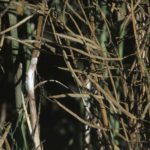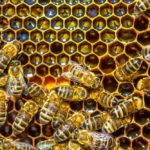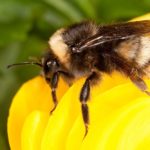Indian chemical manufacturer UPL has raised the financial backing for an all-cash deal to become what’s expected to be the world’s fifth biggest crop chemical firm. UPL on July 20 announced it will pay $4.2 billion to buy 100 per cent of Arysta LifeScience — the maker of Everest and Inferno herbicides, among other products […] Read more













